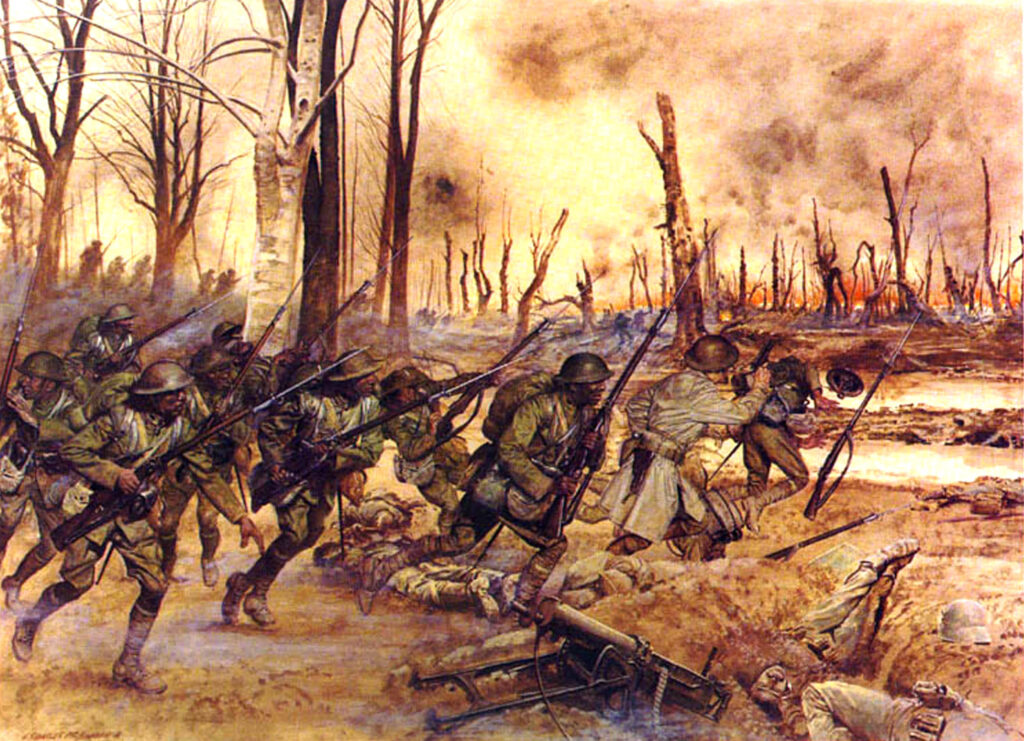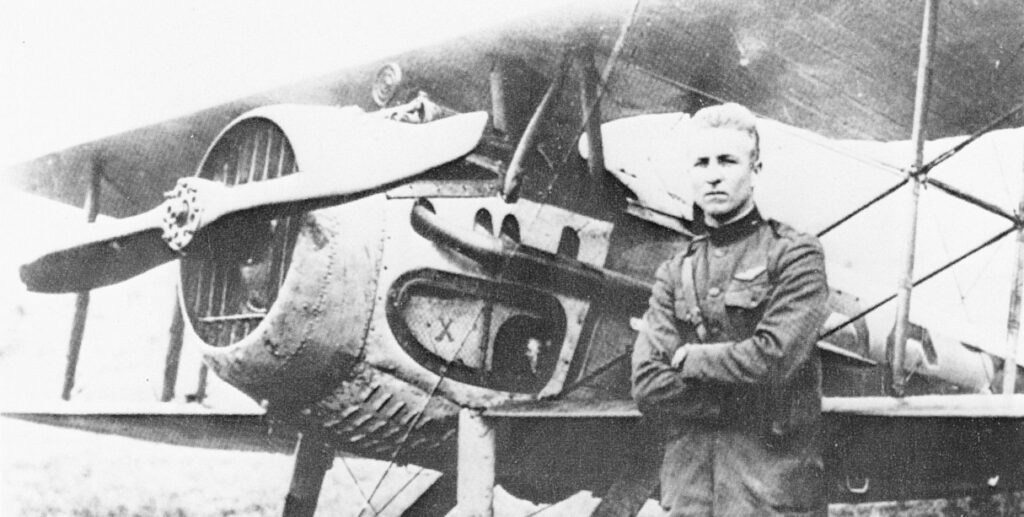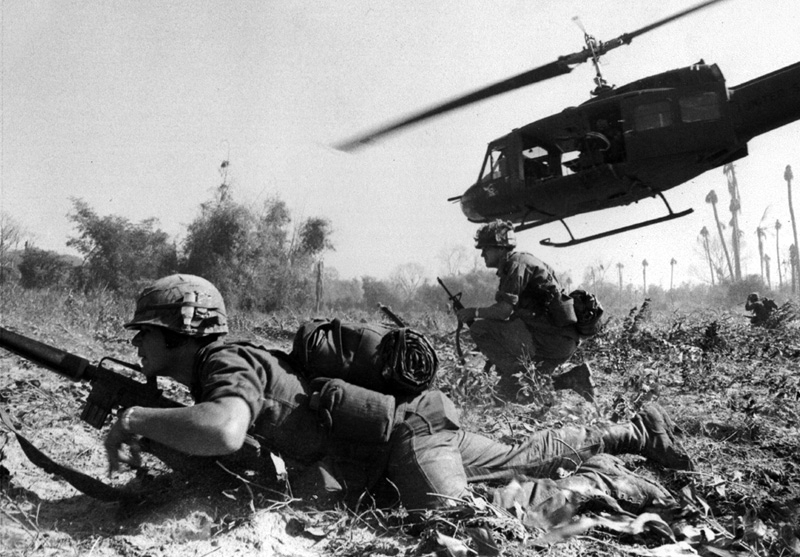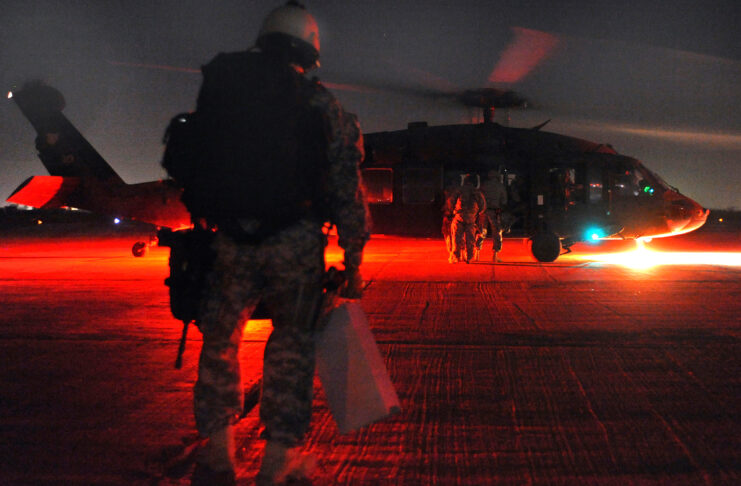Keep sight of the true meaning of Memorial Day…
Without the sacrifice of those who served our nation in wartime, our world today would look very different.
That sobering realization is the reason we celebrate Memorial Day. With that at the forefront of our minds, take a few minutes to honor these unbelievable acts of heroism from four forgotten soldiers.
These four men's commitment to service and willingness to sacrifice represents the best of America. Honor the memory of these heroes who unquestioningly gave what President Abraham Lincoln poignantly called the “last full measure of devotion.”
Freddie Stowers

At Congress' request in 1990, the Department of the Army investigated to determine if any service members or veterans were deserving of the Medal of Honor, posthumous or otherwise.
Freddie Stowers' battlefield heroics, forgotten for over 70 years, came to light shortly afterward.
While serving in a segregated American unit under French command, officers ordered Corporal Stowers, 22, and his company to seize a heavily fortified hill in the Ardennes.
The surviving German defenders feigned surrender after the initial attack, only to machine gun half of the company once the Americans let their guard down. As the highest-ranking survivor, Cpl. Stowers took command and led his men in a counterattack to seize the first trench line. During his company's successful advance on the second ring of German defenses, an enemy machine gunner hit Stowers. He continued urging his men forward as he lay dying. Despite their decimated ranks, the company – under Stowers command – took the hill that day.
Stowers and 133 of his comrades lie buried nearby at the Meuse-Argonne American Cemetery and Memorial.
Ben L. Salomon

Capt. Salomon joined the U.S. Army as a dentist before volunteering to replace his battalion's front-line surgeon, who had been wounded during the Battle of Saipan. As the fight for the island approached its climax on July 7, 1944, Salomon tended to wounded American soldiers, some 50 yards behind the foxhole line. No one realized the largest banzai charge of the war was about to collide with the 1st and 2nd Battalions of the U.S. Army's 105th Infantry Regiment. Approximately 4,400 Japanese soldiers and civilians –most without automatic firearms, some already injured – overran the Americans' forward line in the darkness. Amid the muzzle flashes and thunderous noise, Salomon could make out screaming enemy soldiers charging toward his aid station. The 29-year-old ordered its evacuation while providing covering fire.
Two thousand Americans fell in the 15-hour pitched battle that followed, with the Japanese force being virtually annihilated. Salomon's actions saved countless lives and prevented the U.S. front from shattering at a critical point.
The following day, GIs found Salomon's body slumped over a machine gun with 98 dead Japanese soldiers strewn in front of it. His body had sustained nearly 200 gunshot and bayonet wounds.
Frank Luke

First Lieutenant Frank Luke, likely the second-place American fighter ace of World War I, became the first airman to receive the Medal of Honor. After downing 18 aircraft in the summer and early fall of 1918, the “Arizona Balloon Buster” went on a final strafing run against enemy barrage balloons when a German machine gunner from the ground struck him with a single bullet. Despite the severity of his wound, Luke landed his plane and expired from blood loss while shooting his Colt 1911 at approaching Germans.
Reflecting on Luke's prolific accomplishments – amassed during a brief few weeks at the front – Eddie Rickenbacker, the most decorated U.S. flying ace of the Great War, said:
He was the most daring aviator and greatest fighter pilot of the entire war. His life is one of the brightest glories of our Air Service. He went on a rampage and shot down fourteen enemy aircraft, including ten balloons, in eight days. No other ace, even the dreaded Richthofen, had ever come close to that.
William H. Pitsenbarger

Airman 1st Class William Pitsenbarger flew on over 300 rescue missions in Vietnam as a pararescueman before his death in 1966. On April 11 of that year, he made history selflessly rescuing scores of wounded GIs near the village of Cam My.
Almost immediately, the operation went wrong. Pitsenbarger had to waive off his air support after coming under withering small-arms fire. During what became known as the Battle of Xa Cam My, he made improvised splints and stretchers out of vines and saplings, gathered supplies from the dead and armed the wounded who could fight, leading them in a heroic resistance against the encroaching Viet Cong.
Sometime during the night, an enemy sniper fired the shot that claimed Pitsenbarger's life. He was found still clutching a medkit in one hand and his rifle in the other. Although Pitsenbarger didn't escape Cam My alive, 60 of his comrades did.


